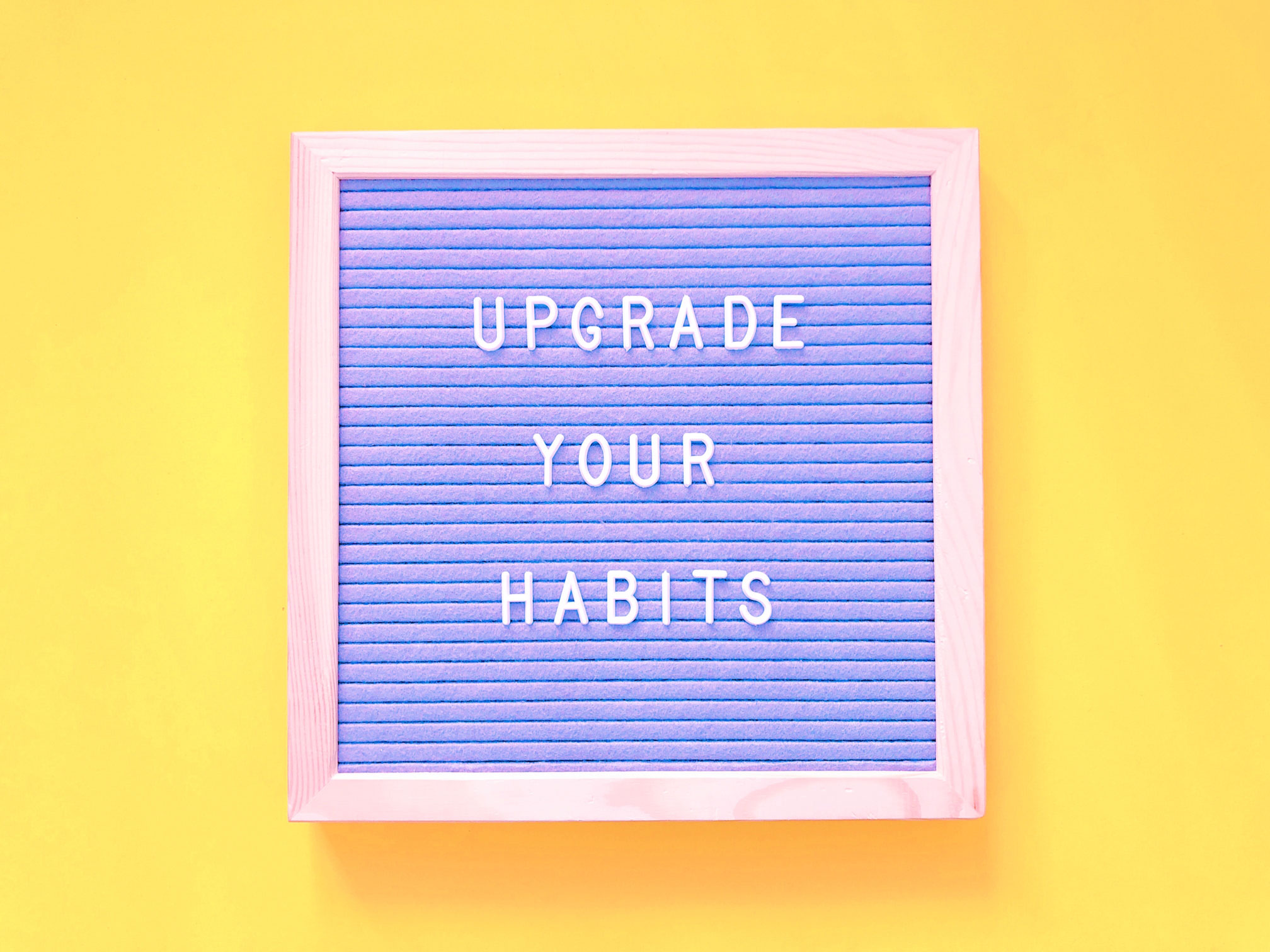With the New Year well underway, many of us may have set various goals and resolutions for ourselves to achieve in this coming year. However, we all know the pain of trying to keep our New Year’s Resolutions. A few months into the year, we’ve all but forgotten about our promise to hit the gym three times a week or eat “healthier.” So, is there a better way?
Below, we explore how you can build new habits—and actually stick to them!
Tip #1: Consider Habit Stacking
Is your goal to get 10 000 steps a day? Try attaching this to another habit. For example, you could use a desk treadmill to walk while you work. Or maybe you could take that next work call on a walk. Or perhaps catching up with a friend means going for a hike instead of sitting in a coffee shop.
Another way to do this is by attaching the habit to something mundane, like brushing your teeth. Each time you go to brush your teeth, do 20 squats or something similar.
Tip #2: Make Your Goal an Obligation
Many of us tend to view our goals as mere desires. However, brushing your teeth or walking your dog isn’t up for debate. So, why should an important, life-changing goal be?
This may take some work, but thinking about your habit or goal as a necessity in your life can help build your foundation and prevent you from giving up altogether.
Tip #3: Reduce Decision Making
If for you to go to the gym, you have to go home, select gym clothing, then make the commute there, it’s unlikely you are going to follow through. In this case, it’s better to simply bring your gym clothes with you to work and go to the gym from there, as this reduces decision fatigue.
Additionally, if you’re trying to eat healthy or trying to go to the gym regularly, eating the same foods or doing the same workout can also help lessen decision fatigue, especially on the days when you just don’t feel like it.
Tip #4: Start Small
Yes, this has been said before, and for a good reason!
Starting small avoids overwhelm. It gives you a clear path of small steps you can take and achieve. For instance, instead of planning to go to the gym three times a week to start, plan to go once a week to start. When that becomes easy, try adding more sessions.
Tip #5: Take Note of Your Triggers
If you’re trying to replace a bad habit with a good one, it’s important to know what triggers or “cues” you to perform that bad habit. For example, for nail-biting, sometimes, this habit occurs when someone gets nervous. For eating junk food, it may happen when we feel intense negative emotions.
By recognizing these triggers and eliminating them or finding healthier ways to cope, we can change our habits and achieve our goals.
Get Closer to Your Health Goals, Starting Today!
At Posture & Wellness Chiropractic Clinic, we are committed to improving the health and wellness of the entire Finsbury Park community. Book your FREE discovery call to learn more about how a chiropractor can help you! BOOK NOW.

